Assessment
Assessment is an important first step in providing a toilet or shower chair.
If you haven’t already, download the assessment form and print a copy.
If you are unable to download the form, don’t worry. Each of the questions on the form are shown as you go through this lesson.
Remember this TAP form is an example assessment form, developed to support this module.
If your service uses a different form, discuss this with your supervisor.
The toilet and shower chair assessment form will guide you through questions to help you and the person:
- Understand the reasons going to the toilet or washing themselves is difficult, and if a toilet chair or shower chair could help
- Plan where and how the person will use their toilet or shower chair
- Select important features of a toilet or shower chair for that person.
At the end of the form you can record an action plan. This may include assessing for other assistive products and/or referral to other services.
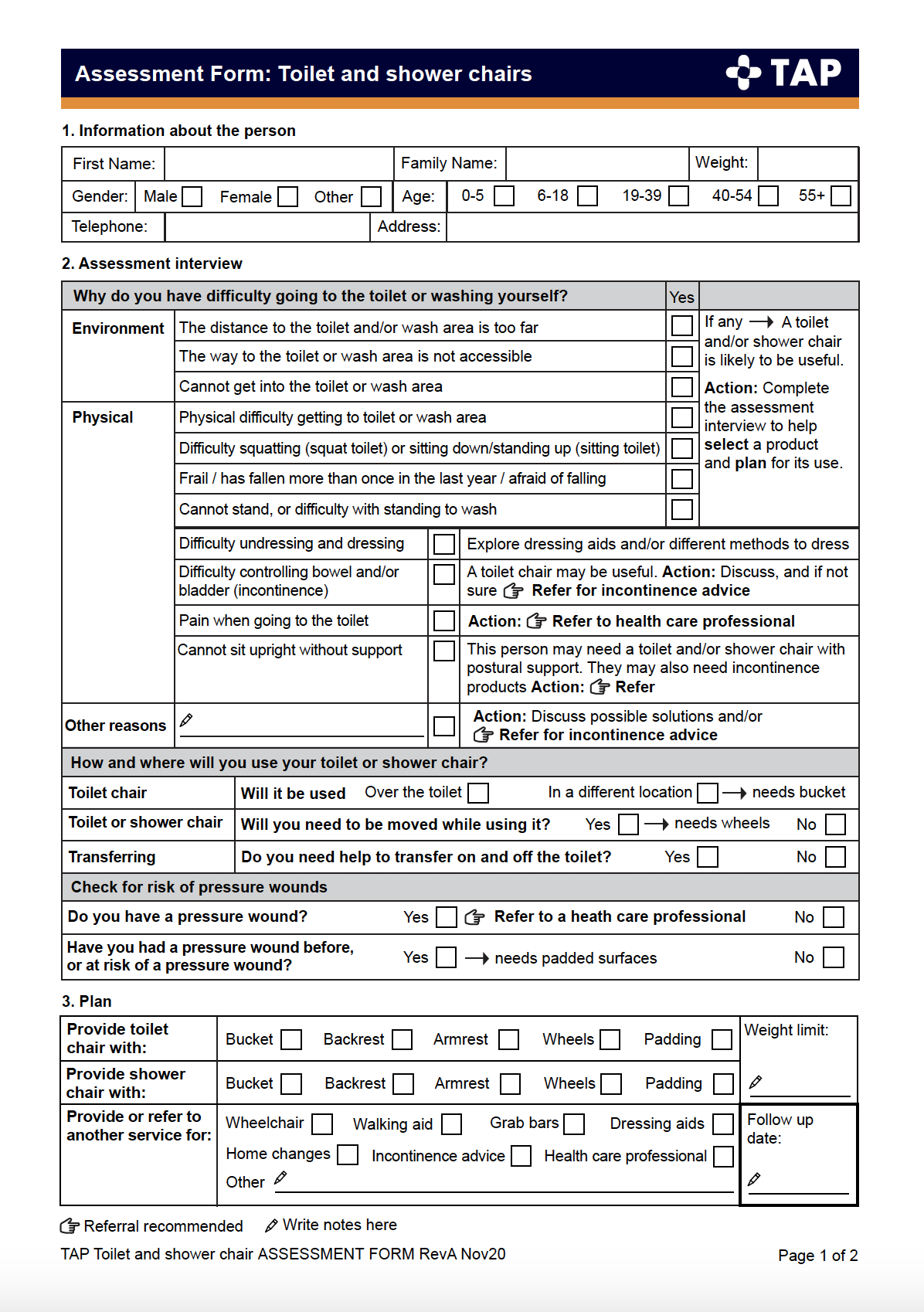
Whenever you see this icon on the form, it means that the person may need referral.
If the person already has a toilet or shower chair, use the assessment process to check that their toilet or shower chair is meeting their needs.
It may be necessary to adjust, repair or replace their toilet or shower chair.
To carry out the assessment, find a quiet, private space to sit with the person.
Explain to the person that you will ask some questions. Their answers will help you to work with them to make a plan.
Involve family members or caregivers when appropriate.
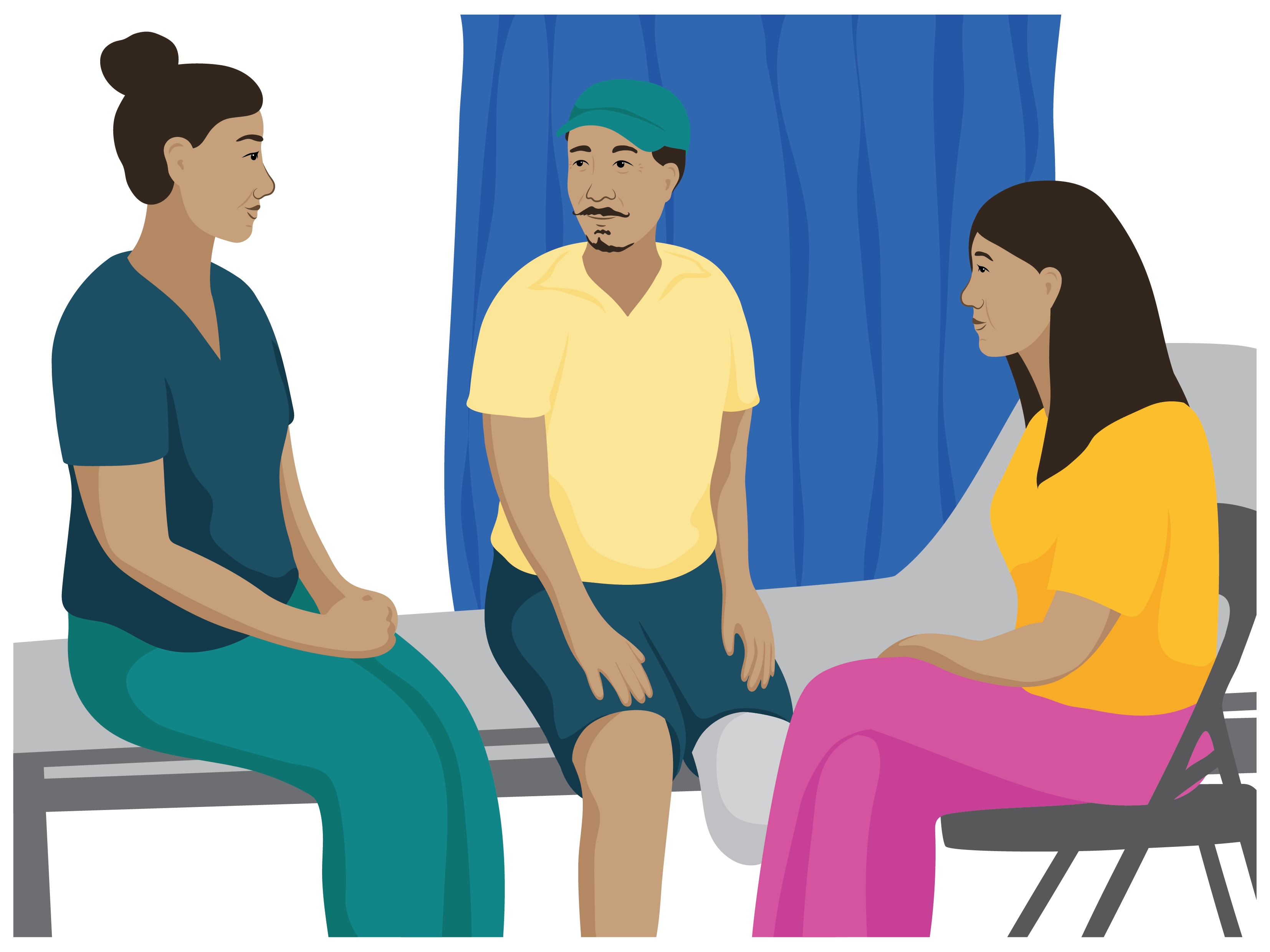
Information about the person
The first part of the TAP assessment involves collecting contact information about the person including their name, gender, age, telephone and address.
Start by collecting general information about the person, including their contact details, gender, age and weight.

Weight
You also need to record the person’s weight. This can be an estimate if they don’t know and you do not have scales.

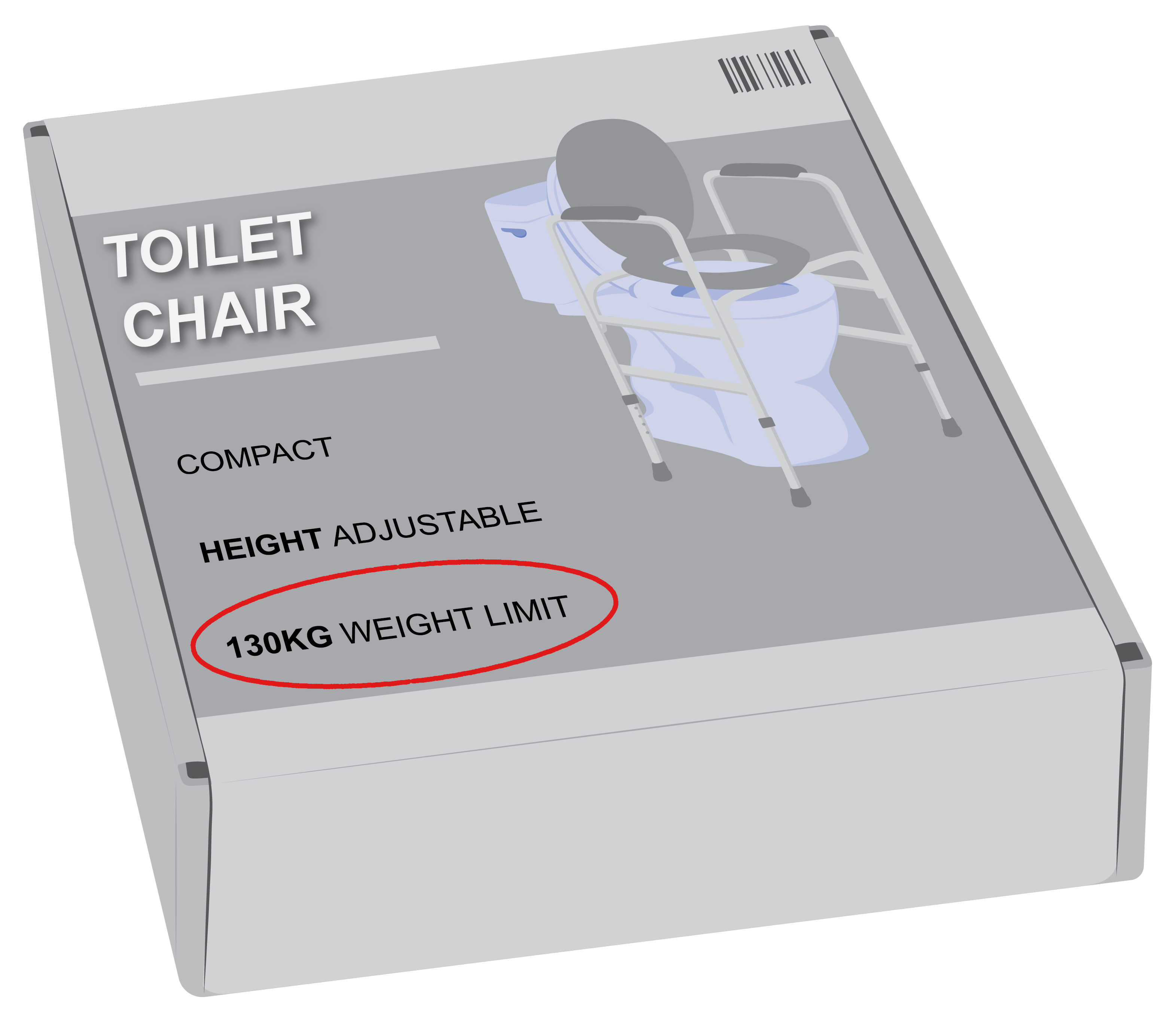
Question
Why is it important to record the person’s weight?
The person’s weight is important because toilet and shower chairs have a maximum weight limit that they can hold safely.
Assessment interview
The first part of the assessment interview explores why the person has difficulty going to the toilet or washing themselves.
Understanding the reasons will help you both decide if a toilet or shower chair could help, or if another solution is needed.
Ask: Why do you have difficulty going to the toilet or washing yourself?

First let us look at some of the environment reasons.
Environment barriers

People may have difficulty because:
- The distance to their toilet or wash area is too far
- The way to the toilet or wash area is not accessible
- The way into the toilet or wash area is not accessible.
Question
If there are environment barriers, what actions could help?
Think about your answers before looking.
- Make a toilet or wash area closer or remove barriers. For example, add a ramp or widen the doorway.
- Set up a toilet or shower chair in a private place (not in the toilet or wash area) that is easier for the person to get to.
Remember, as well as removing environment barriers, a toilet or shower chair may also be useful.
Now let’s look at a person’s physical abilities.
Physical abilities

People may have difficulty because of their physical ability.
A toilet or shower chair will likely be helpful for people who:
- Find it physically difficult getting to the toilet or wash area
- Have difficulty squatting and/or sitting down and standing up
- Are frail or have fallen more than once in the last year, or are afraid of falling
- Cannot stand or have difficulty standing
- Get tired or dizzy during washing.
Grab bars are often used in combination with toilet and shower chairs to make transfers and self care safer and easier.
Refer to the TAP Grab bars module to learn more about grab bars.
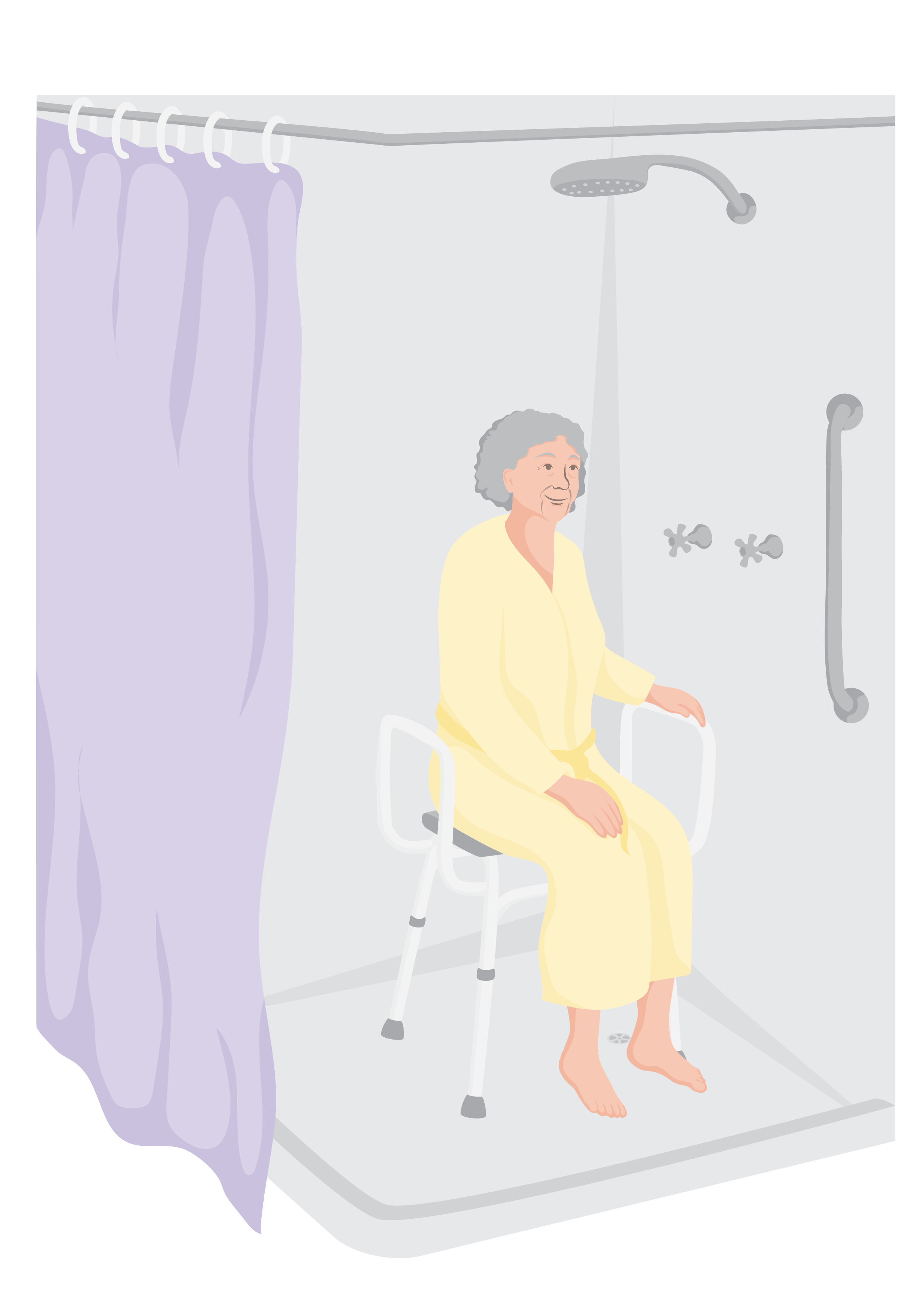
Meet Cali
Cali has arthritis and often has pain in her hips and knees when walking.
Cali uses a shower stool when washing herself to help her save energy. She also feels safer than when standing to wash.
She uses a toilet chair over a sitting toilet. The toilet chair is higher than the sitting toilet and has armrests. This makes it easier and less painful for her to sit down and stand up.
A toilet or shower chair may not be the solution if the person has other physical difficulties that make it difficult to go to the toilet or wash.
Let’s look at some of these other physical difficulties now.
Difficulty undressing and dressing
A person who finds it difficult to undress or dress may find going to the toilet difficult as they cannot remove their clothes quickly enough.
Washing themselves may also be more difficult and take longer.
They may benefit from:
- Dressing aids
- Clothes that are easy to take on and off
- Help to learn different ways to dress
- Help from another person.
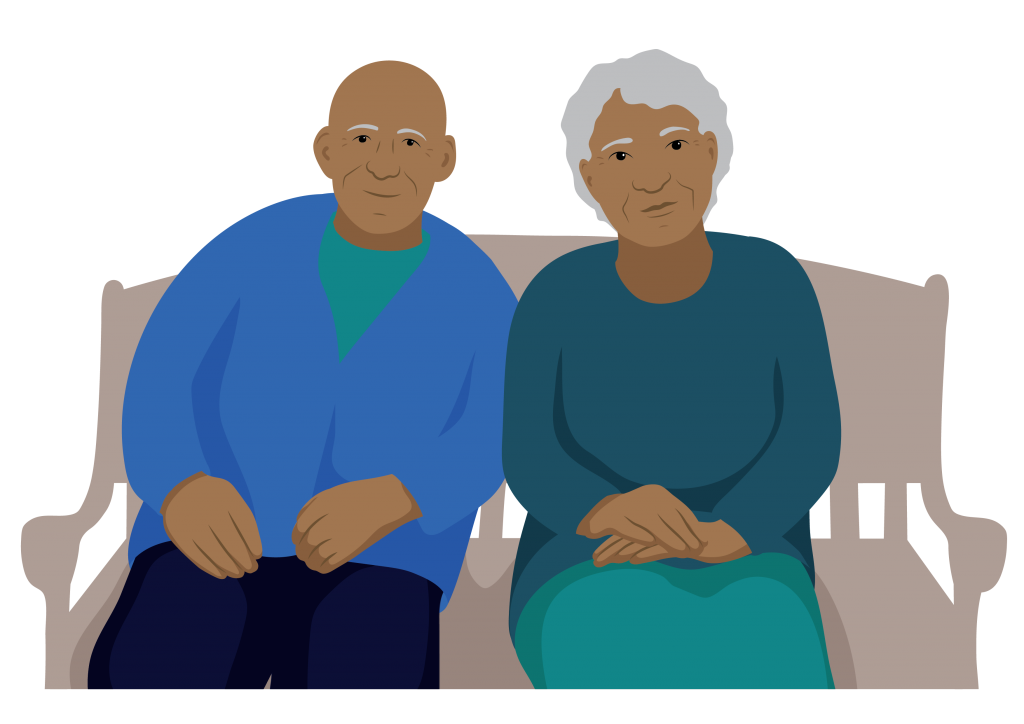
Meet David
David is an older man who lives with his wife Leitengi. David is frail, and has limited mobility.
Leitengi helps him with his self care, however David likes to do as much as he can for himself. Assistive products have helped him to be more independent.
He uses a shower stool in his wash area, and a toilet chair which is positioned over a sitting toilet.

To help with dressing and undressing, he uses dressing aids including a long handled shoe horn to put on and take off his shoes and socks.
See the TAP Self care assistive products module for some examples of dressing aids.
Difficulty with emptying the bowel and/or bladder (incontinence)
If a person has difficulty with emptying their bowel or bladder, find out from the person if they have (recently) seen a health care professional about this. If not refer them.
The health care professional will assess the reason for incontinence and work with the person to either treat or manage their incontinence.
Incontinence alone is not a reason to need a toilet chair.
However, some people with incontinence may need a toilet chair. This depends on their other physical abilities and how they manage their bowel and bladder.
Discuss whether a toilet or shower chair will assist them if they are having difficulties.
Question

Peter cannot voluntarily control his bowel or bladder.
With support from his health care professional, he has learned how to manage his bladder. He uses a catheter to empty his bladder throughout the day. He does this while seated in his wheelchair.
When he needs to empty his bowels, Peter transfers to a sitting toilet. He has a grab bar next to his toilet which he uses to assist himself when he transfers.
Does Peter need a toilet chair?
No Peter does not need a toilet chair. He is managing his bowel and bladder without this at the moment.
If Peter started to have difficulty transferring to, or sitting comfortably on the toilet, a toilet chair may be useful.
Warning! If anyone reports pain when they empty, or try to empty their bladder or bowel, they need to see a health professional. Pain can signal a health problem.
Refer immediately.
Cannot sit upright without support
A child or adult who cannot sit upright without support will not be able to use a standard toilet or shower chair.
They may be able to use a modified toilet and/or shower chair.
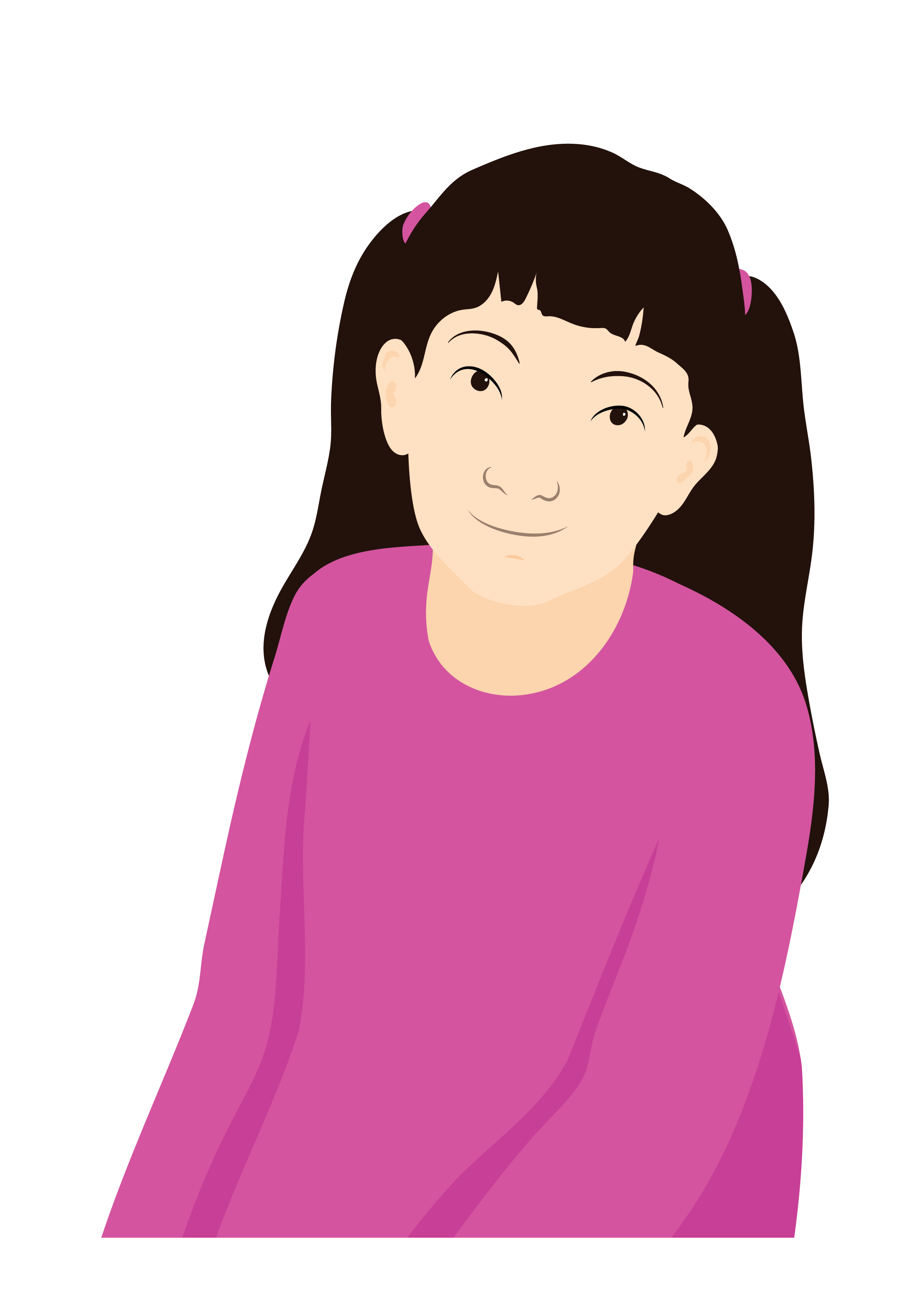
Meet Sakura
Sakura is 11 and lives with her parents. She has cerebral palsy. She uses a wheelchair with postural support to help her sit comfortably, and has difficulty communicating.
Sakura’s parents explained to staff at a rehabilitation service that they are finding it harder to manage her self care as she is getting taller.
Sakura cannot sit on a toilet, and so she wears washable absorbent cloths. She has a sponge bath on her bed.
The rehabilitation service helped Sakura and her family trial a combined toilet shower chair with padding and extra postural supports.

Sakura immediately enjoyed being able to sit in the chair in the family wash area. With her mother’s help, she now has a shower every day.
Other reasons
![]()
A person may have reasons other than physical or environmental that make going to the toilet and/or washing themselves difficult.
Depending on the reason, a toilet or shower chair may be useful, or may not be useful.
For example, children or adults who find thinking and/or remembering difficult can find managing daily self care difficult. A shower or toilet chair may help by providing a safe place to sit while going to the toilet and/or washing.
After exploring the reasons the person is having difficulty going to the toilet or washing themselves, discuss whether a toilet or shower chair is likely to be useful. If you both agree that a toilet or shower chair may be useful, continue the assessment.
How and where the toilet or shower chair will be used
Ask: How and where will you use your toilet or shower chair?

If the toilet chair will be used over a toilet, check:
- Is the toilet area easy to get to and get inside (accessible)?
- Is there space in the toilet area to fit the toilet chair?
- Can the toilet chair legs sit flat and level on the floor?
- Do other people use the toilet? If yes, is there space to move the toilet chair out of the way when others use the toilet?

If the toilet chair will be used in another location, think about:
- A suitable, private space
- Where the person (and anyone assisting) will wash their hands
- Who will empty and clean the bucket.
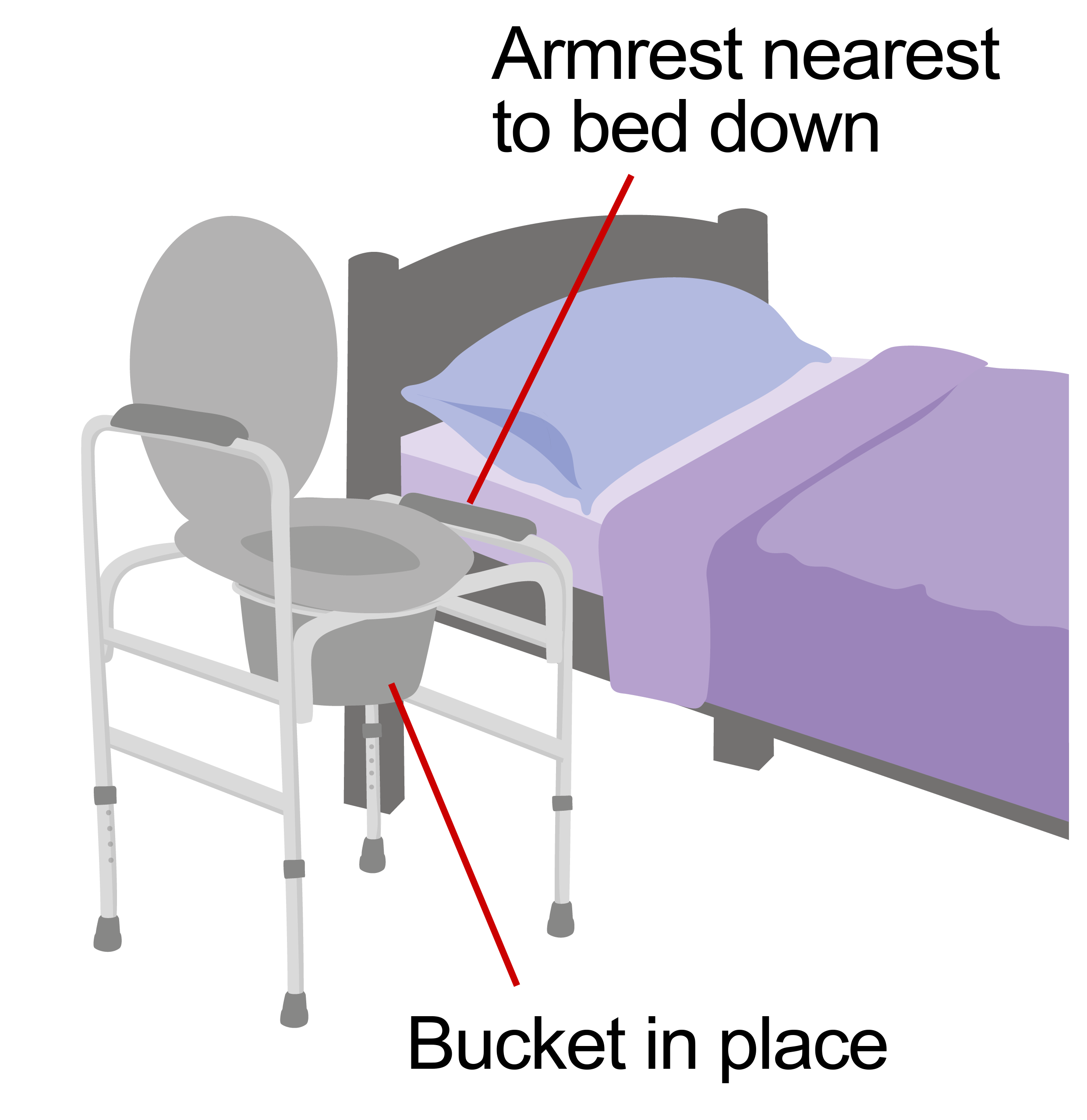
For a shower chair, also think about where the person will get undressed and dressed.
If it is easier to do this away from the wash area (for example in a bedroom) they may need to move in the shower chair to the wash area. The chair will need wheels and footrests.

Sakura’s toilet and shower chair is on wheels.
Because Sakura cannot easily sit upright, her mother gets her dressed and undressed on her bed. Her parents then lifts her onto her shower chair, and then pushes her to the wash area to wash.
For both shower and toilet chairs think about how the person will get on and off their toilet or shower chair.
People with mobility difficulties may need advice and practice to learn how to do this safely.
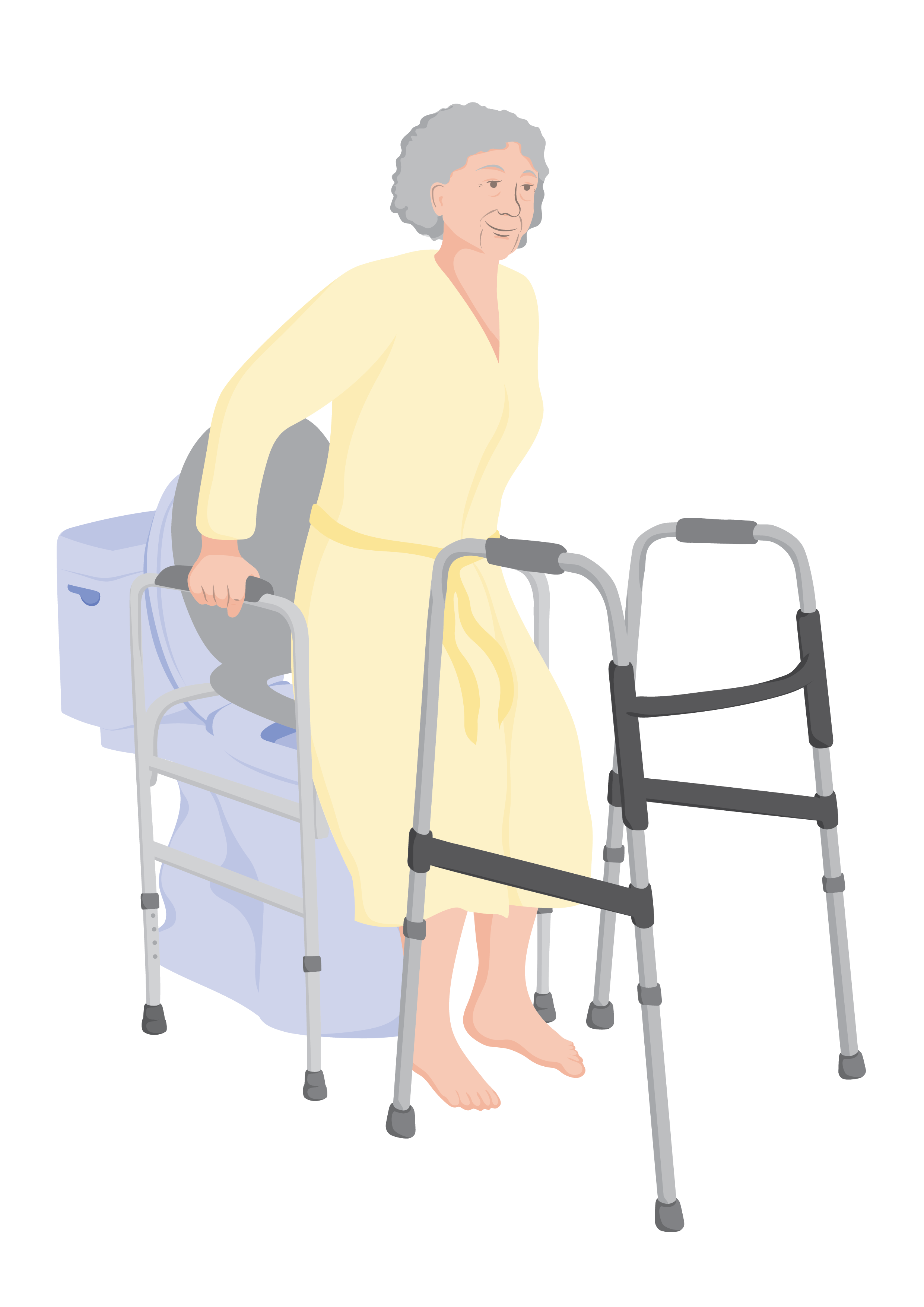
See Lesson 3 for more information about getting on and off toilet and shower chairs.
Check for risk of pressure wounds

A pressure wound is a breakdown of the skin. It is usually over a bony area.
Most toilet and shower chairs have hard surfaces. This makes them more resistant to water and easier to clean.
However, if a person is at risk of a pressure wound, select a chair with padded surfaces. This will help reduce the risk of a pressure wound.
People at risk of a pressure wound from a toilet or shower chair includes those who:
- Have reduced sensation (feeling) in their buttocks, thighs, back or any other area that comes into contact with the chair
- Have had a pressure wound in the past
- Are thin or frail
- Cannot easily shift their weight themselves while on the toilet or shower chair.
During assessment, always ask the person if they have any pressure wounds. If yes refer the person to a health care professional.
If when sitting on a toilet or shower chair the pressure wound is in contact with the chair, the person should avoid using the chair until the wound is fully healed.
See the TAP Mobility assistive products module for more information about pressure wounds.

